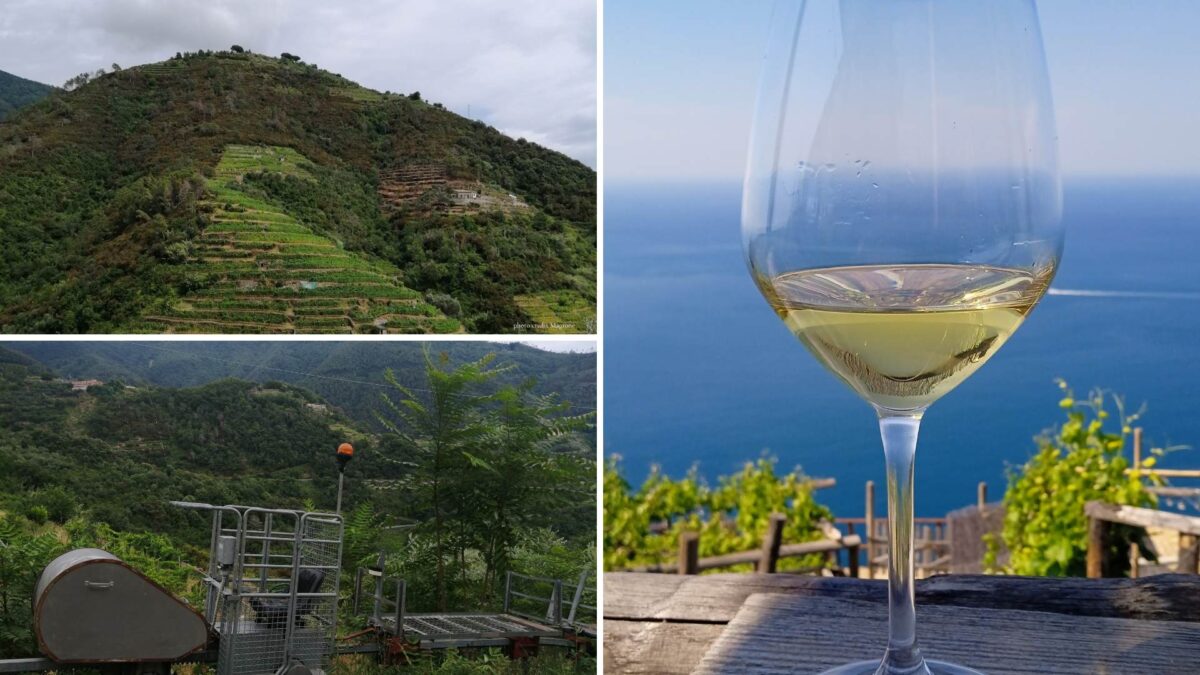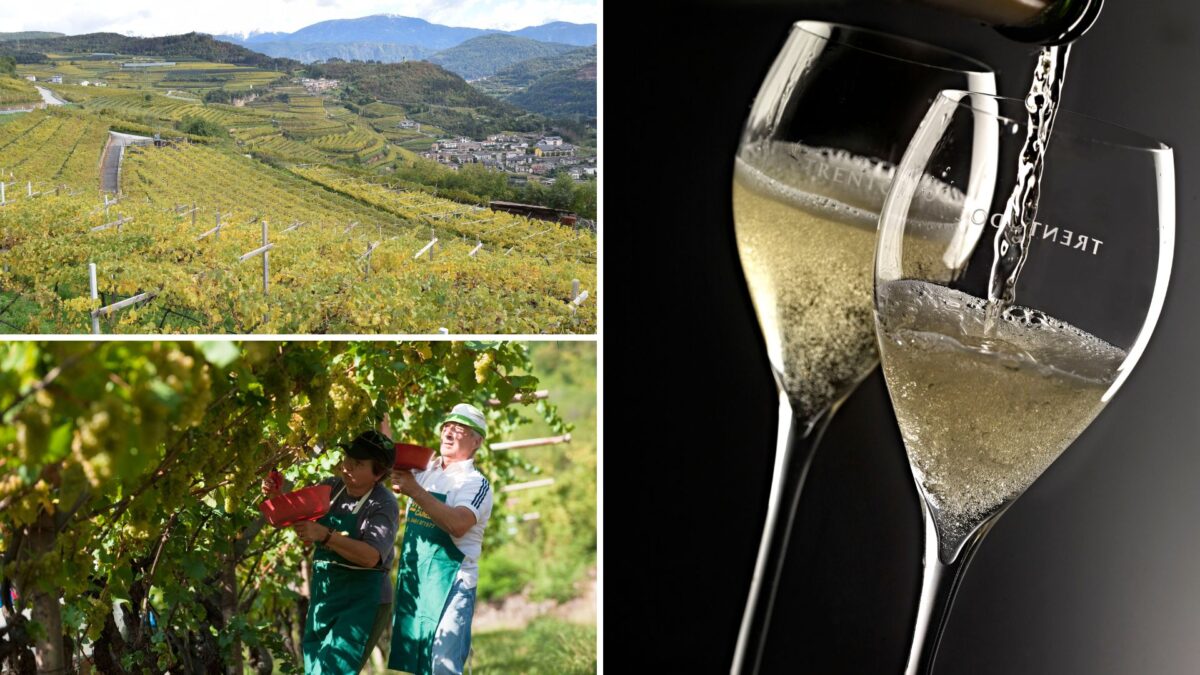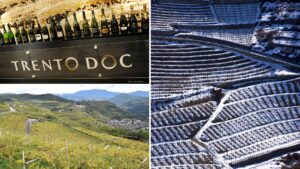For tonight’s wine pairing dinner, I decided to pair Sistina Pecorino Terre di Chieti with Mushroom Risotto. This pairing is “A Taste of Authentic Italy” more specifically, Abruzzo, a territorial concordance: the pecorino grape varietal and summer truffle.
Citra Vini, Abruzzo – Italy’s Inception was in 1973 and since that time, its mission has been represented by some of the most important grape varieties including indigenous varieties, in the province of Chieti.
The Wine: Sistina Pecorino Terre di Chieti
This pecorino is aromatic and bright; soft and elegant at the same time being complex, with an array of nuances – evoking tropical splendour interwoven with delicate floral notes; being full-bodied and a robust structure, it concludes with a long lingering finish.
The Food Paring: Summer Truffle Risotto
Why this pairing works
Firstly, both the wine and truffle are from the Abruzzo region, thus a territorial concordance or harmony. Secondly, the wine is rich in aromas, but without excessive body which will destroy the delicate character of the truffles – great pairing !!

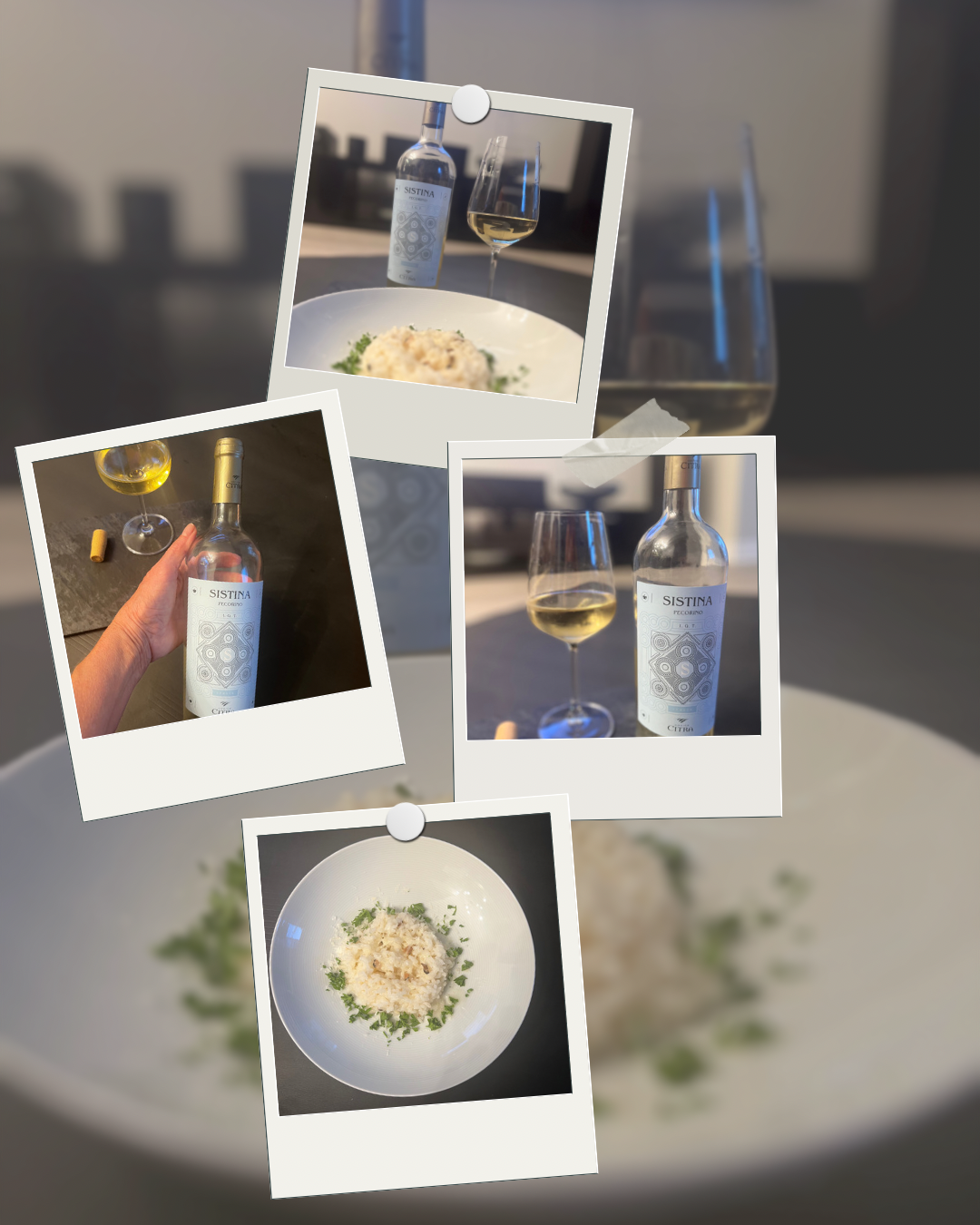
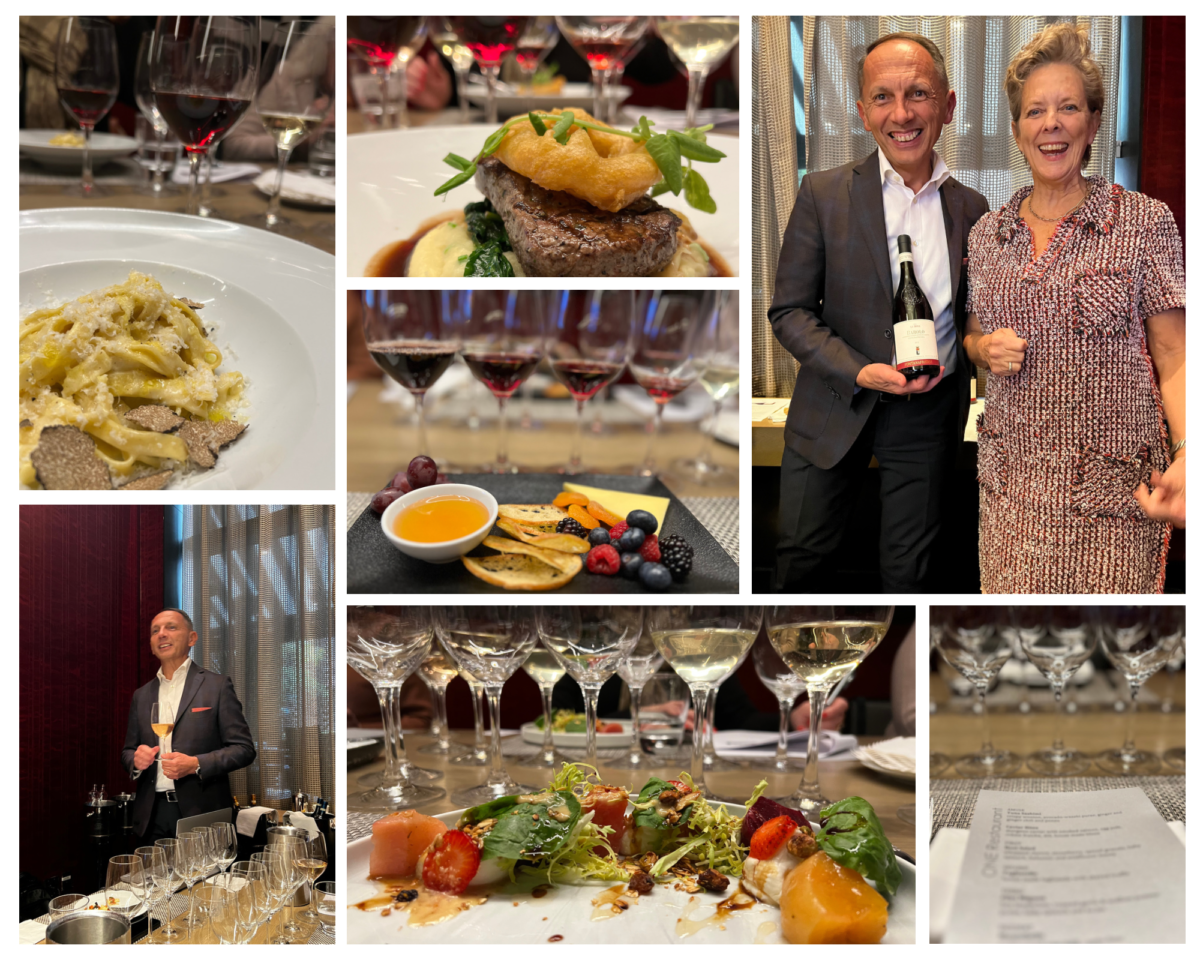
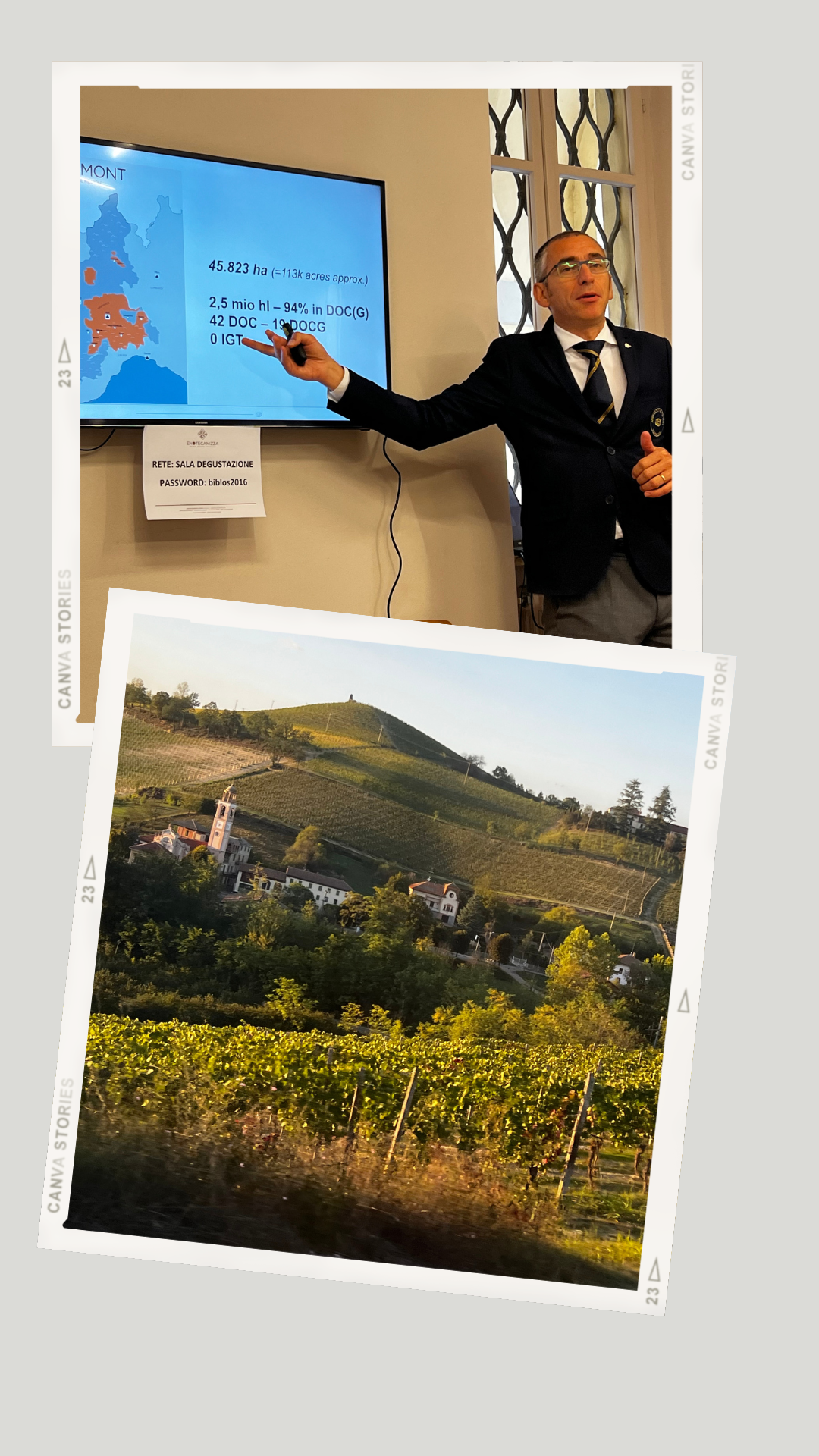
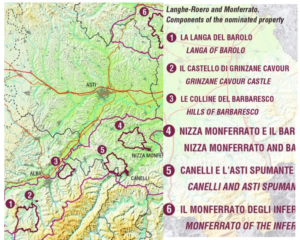
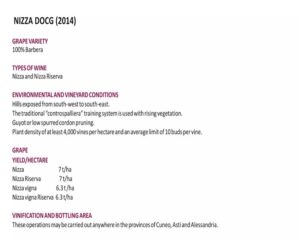
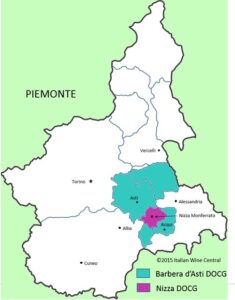 Wines of Barbera d’Asti & Monferrato
Wines of Barbera d’Asti & Monferrato